Living with zero tolerance for trash
Many students are trying to drastically decrease their plastic waste, in order to reduce their carbon footprint.
Photo by Laura Rico-Zarate
The plethora of single-use plastic engulfs the globe.
January 22, 2019
Imagine going a day without single-use plastic and non-compostable waste; you can’t brush your teeth, eat school lunch or chew a stick of gum. Simple tasks are almost impossible to complete without the accumulation of waste which, as stated by Ecoclean.com, is 4.3 pounds a day for the average American consumer. But, going out of your way to compost your greens and shop bulk or wrapper-free is not always an option for people without access to the adequate resources.
“Lack of education regarding recycling, such as rules and regulations, keeps people from a zero waste lifestyle. If everyone did their part, we could slow the pace of global warming and pollution,” Analulu Tavarez (11) said.
The zero waste lifestyle became most prominent after the New York Times’ publishing of “A Visit From the Priestess of Waste-Free Living” in 2010. Since then, the waste-free philosophy that once wrought criticism among the public has gained acceptance in the domestic faction of lifestyle bloggers. Many people assume the lifestyle is only for privileged people, overturning the argument that it’s merely a preference-based decision.
“The media portrays those who want to help the earth and compost as hippies, and it affects those of us who would like to help but feel the stereotype doesn’t apply to us,” Maya Badrani (12) said.
Adolescents can only control their own consumer practices, not their families. This setback adds to the difficulty of getting unpacked items. And although there has been a greater demand and push for zero waste grocery stores that solely sell unpackaged bulk items along with reusable containers such as jars and reusable produce bags, they are still scarce in California.
“Costco controls my family. The amount of plastic packaging Americans use is horrendous, and local stores that strive to limit their plastic are way more expensive than stores like Costco. Although I limit my ecological footprint, my mom outdoes it by buying 500 plastic spoons and knives. I tried educating my family, and they’re doing the best they can. My mom has an outdoor garden that uses scraps of leftover food for compost,” Lisa Nguyen (11) said.
With busy schedules and tons of homework, students don’t want to spend scarce time to themselves on recycling and inconveniencing themselves with a lifestyle that requires lots of leisure time.
“I definitely think anyone can go zero waste; there wasn’t always manufacturing. It’s not impossible, and it’s not something to fear going into. Reduce your waste in any way you can; you don’t have to do it all at once if it’s too difficult for your situation,” Angelee Castro (11) said.
The city of San Diego’s Environmental Services Department set a zero waste plan into motion June of 2015 and projects San Diego to be zero waste by 2040. Stakeholders such as Feeding America San Diego, Sony, EDCO and Goodwill are working together to accomplish the goal set for San Diego. The world around us is finally joining the movement; will you? For more information on sustainability, join Green Club at lunch in room 270 on Mondays.

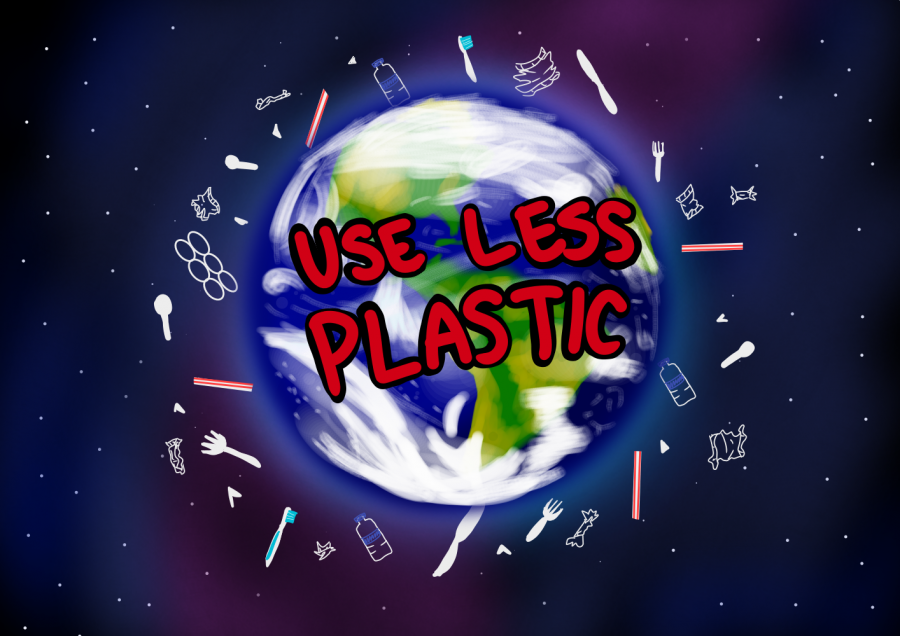
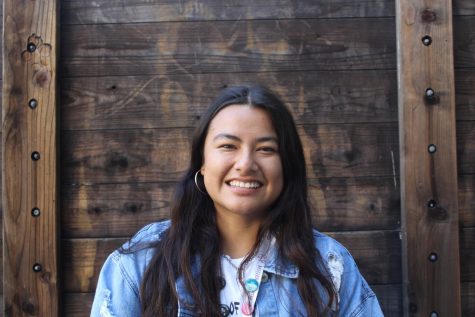
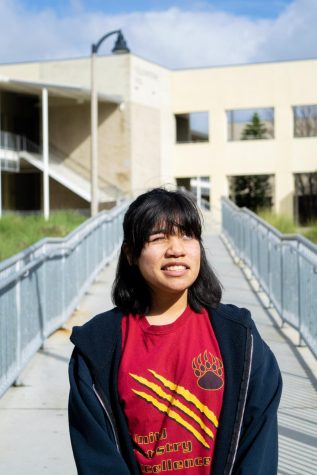
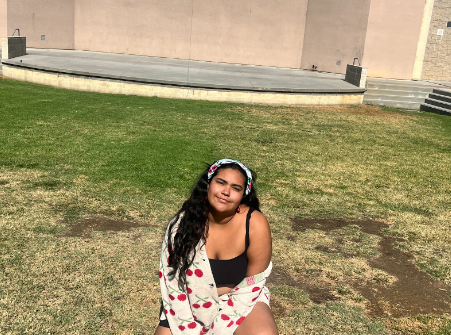

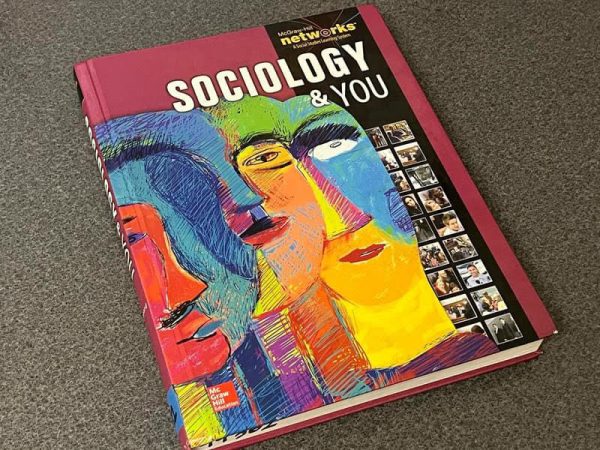

Mrs. Horrigan • Feb 5, 2019 at 10:57 am
Well done, Salma! I remember your class presentation when you showed us how simple it is to make a few changes to become waste free. i.e. bring your own utensils, use reusable containers versus plastic baggies, bring reusable straws, etc. Thank you for making a difference!
jason lopez • Feb 4, 2019 at 11:54 am
The author did a great job supporting her claim with good evidence. She explains everything after she says what’s going on and how we can prevent plastic from killing animals. For example, people littering in the ocean kills sea turtles. I liked how the author put their club at the bottom of the article. She can convince people to join their club.
Haley Duquette • Feb 4, 2019 at 11:45 am
I think she did a good job explaining what being waste free was. She talked about her personal experiences and how she tried to help her family do it too. I liked how she gave us ways to do this ourselves and possibly motivate us by just doing it one small step at a time. She brought up how San Diego had a goal to be waste free by 2040, in my opinion I don’t think that will happen though. I feel like she could have brought up the fact that many animals are dying from the plastic in the ocean such as sea turtles.